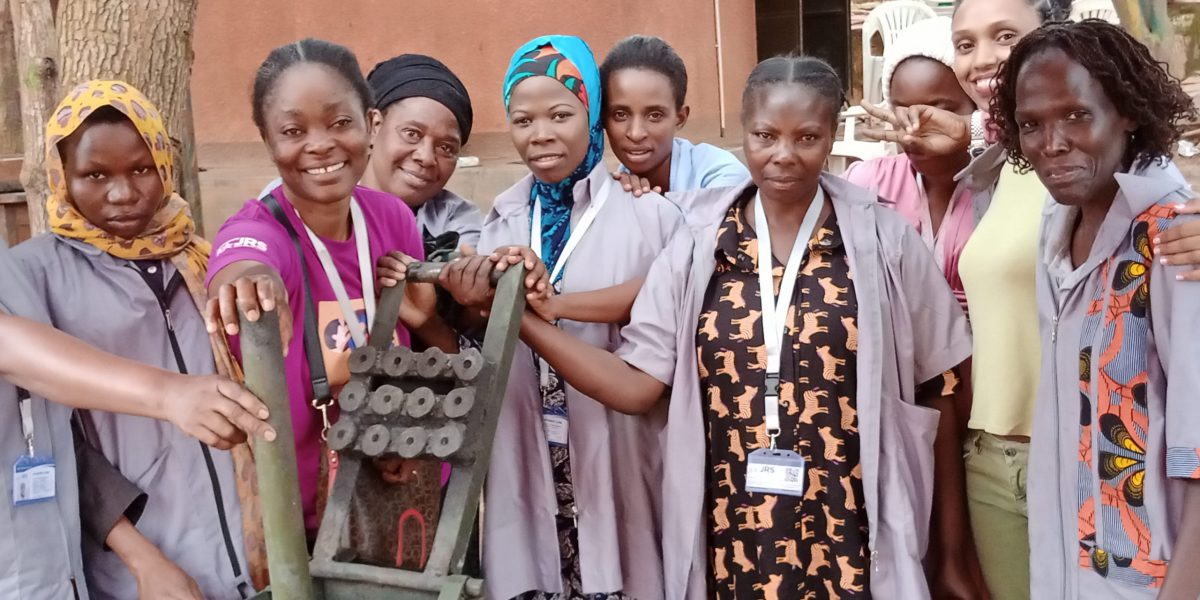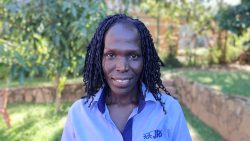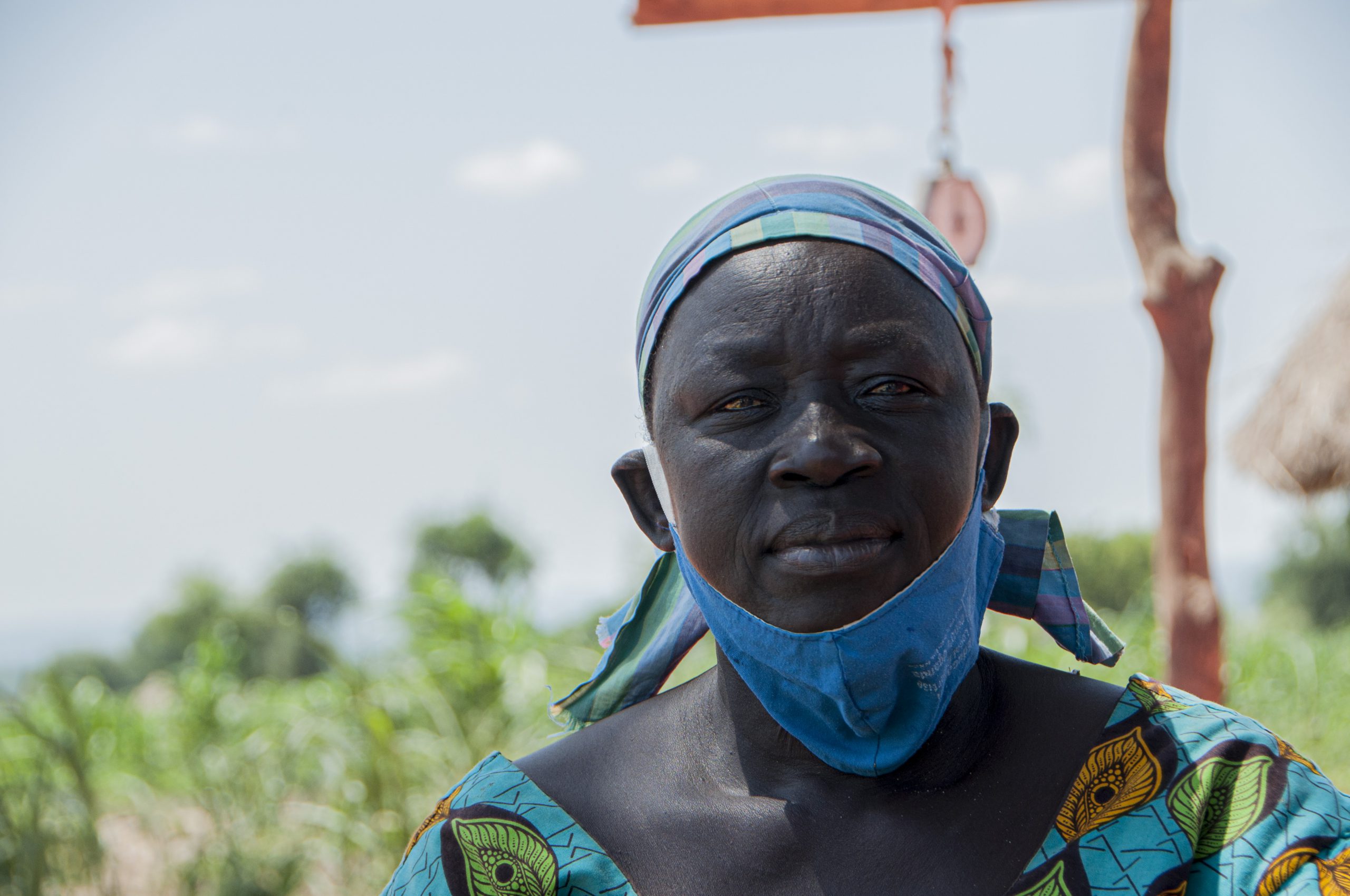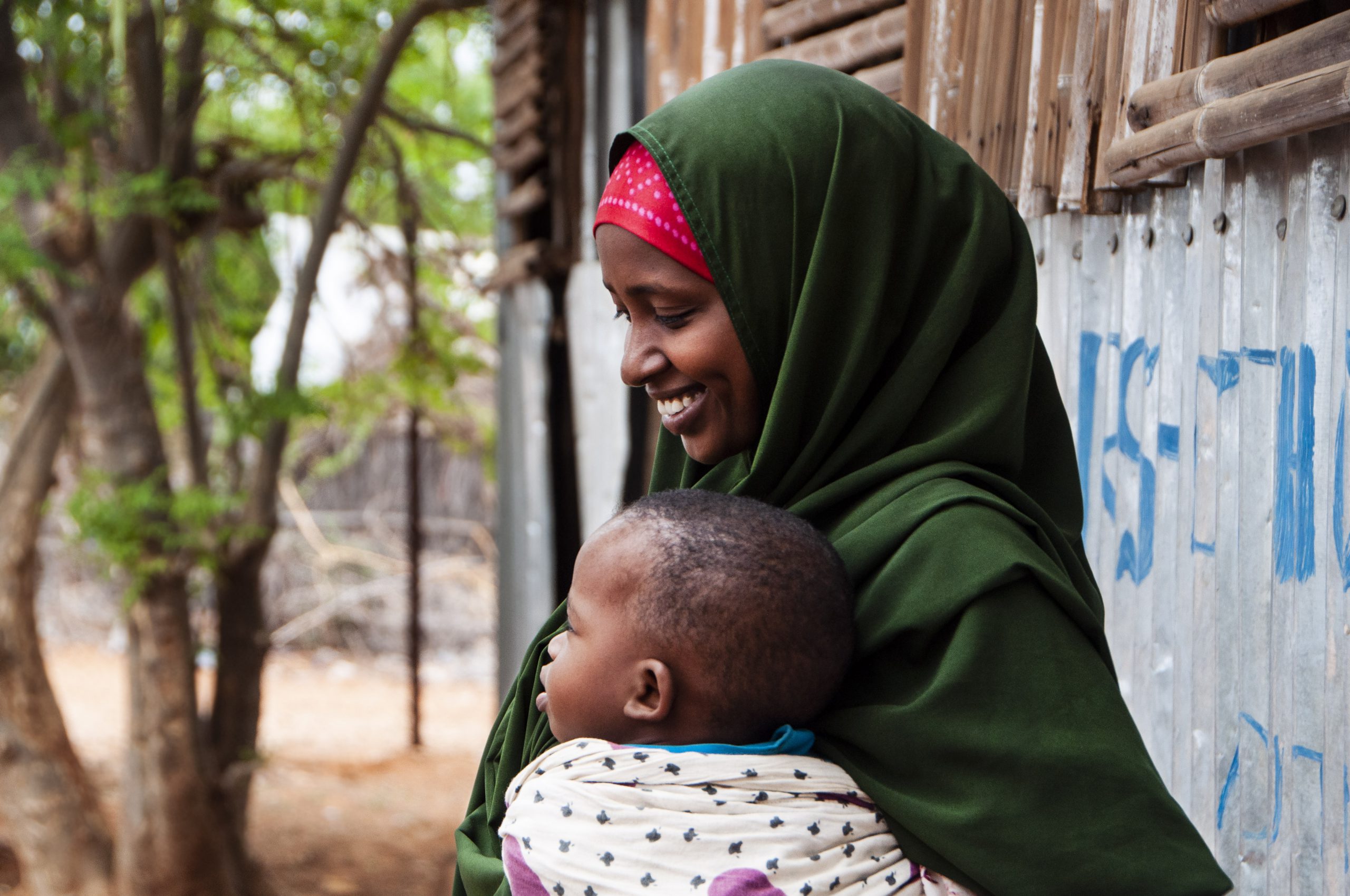Art and Crafts Class Explores Briquette Making
05 June 2023|Rosette Komuhangi, JRS Uganda Communications and Fundraising Officer

The COVID-imposed country lockdown in Uganda and the world negatively impacted many and its effects are still felt. However, the inspiration to make environment-friendly briquets was born by Gloria Gladys Apio, Art and Crafts instructor at the JRS Kampala, Uganda.
Gloria says while she sat at home with little to no external movements to replenish her charcoal supply, a thought crossed her mind that there must be a way and indeed there was a way to make her charcoal last longer! Gloria started making briquettes with the leftover charcoal dust, clay, and old newspapers that were laying in the house.
Gloria exudes enthusiasm for the environment, and it is no wonder that making briquettes came easy for her. In fact, it was like returning to an ambition she had put on hold. When asked why she started making them, she is quick to say:
When the lockdown was over, she shared with colleagues in the department about what she had done at home and her supervisor got excited and thought this could be incorporated into Gloria’s class to help the women solve the problem of energy for cooking in their homes and maybe an income generating skill.
As a department, they agreed to buy the necessary materials to support this idea and Gloria hit the ground running and taught her class of 35 students how to make briquettes.

Gloria has more women than men (20W, 15M) in her class, and as such this became an exciting addition because the women not only struggle to find food but also fuel to cook it. The class has been making briquettes since this year began and so far, jointly they have produced 1,000 pieces which they sell to staff and the community.
She explains that it is not strange that briquettes were introduced to the class because the objective of skilling refugees is to empower them economically and this skill does exactly that. Some of her students have utilized the briquettes for personal use, while others have launched small businesses to sell them. Gloria confidently views the situation as mutually beneficial, with the environment being preserved and beneficiaries having access to more affordable sources of cooking fuel, all while earning an income.
The two women who have pursued briquette making as a business make some money that they use to buy food. Gloria says that Zawadi, a Congolese refugee of the women who make briquettes for sale, earns about 3 USD a week which she uses to buy food.
Gloria’s idea of reusing charcoal dust, recycled paper, and readily available clay is not only affordable but also a strategy for protecting the environment. It conserves energy, reduces greenhouse gases, and conserves natural resources.
Despite the environmental risks contributed to charcoal usage, more than 90%a of Ugandans still cook with charcoal and firewood as their primary fuel sources. The Ugandan Ministry of Energy and Mineral Development and its Biomass Energy Strategy for Uganda (BEST)b promotes the utilization of renewable energy sources, such as biomass, and prioritizes the efficient use of this resource.
Conversely, many people do not consume gas or electricity because of their impoverished lifestyles. Briquettes have a higher practical thermal value and much lower ash content (2-10% compared to 20-40% in charcoal). Statistics show that they are 40% more efficient, as well as hotter and longer lasting than firewood. This greater efficiency is attributed to their low moisture and density.

JRS’s mission to serve, accompany and advocate is not removed from glaring global issues like climate change. It is for this reason that environment-related topics are well-embraced in the services offered. JRS Uganda also implements a project on climate change awareness and training jointly in the West Nile region and Kampala Urban Project. In this course, students between the ages of 14 and 18 are taught about the issues of environmental change and human migration, and how they interact. This course provides a framework for teachers to explore these issues with their students.
The project aims to foster critical understanding and engagement amongst young citizens on the issue of environmentally driven migration, one of the most urgent challenges of the globalized world. Through this project, young citizens will gain the knowledge and skills necessary to become engaged in different actions for change on this issue and to play a key role in influencing related public awareness and public policy debates.
a The 2021 National Service Delivery Survey by UBOS found a greater dependence on coal: “96 percent of the households in Uganda used wood fuel for cooking, of these 68 percent used wood while 28 percent used charcoal” The September 2022 Updated Nationally Determined Contribution of Uganda to the Paris Agreement stated that biomass is responsible for “89% of total primary consumable energy” in the country. b The Ministry of Energy and MineraDevelopment (MEMD) thus saw it fit to launch the Biomass Energy Strategy for Uganda (BEST). This is in line with the development strategy as stated in the Uganda Vision 2040, “A Transformed Ugandan Society from a Peasant to a Modern and Prosperous Country within 30 years”. Policy Framework Uganda Vision 2040 is the country's ambitious long-term development blueprint. The vision recognizes that climate change affects all sectors of the economy. National Climate Change Policy in 2015 to guide efforts towards achieving Vision 2040 and moving towards low-carbon development. The policy aims to ensure that stakeholders address climate change impacts and causes through appropriate measures while promoting sustainable development and a green economy.



